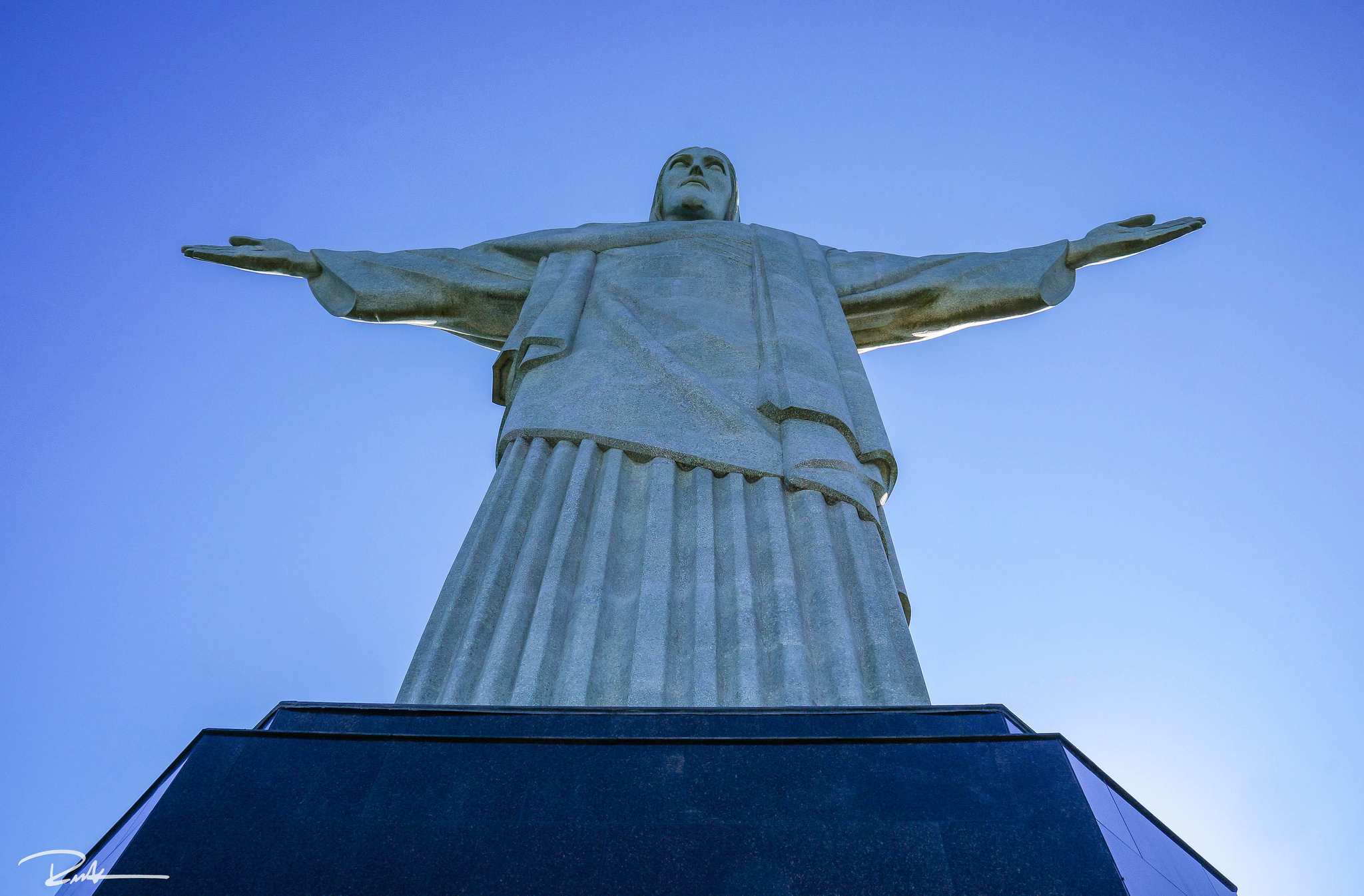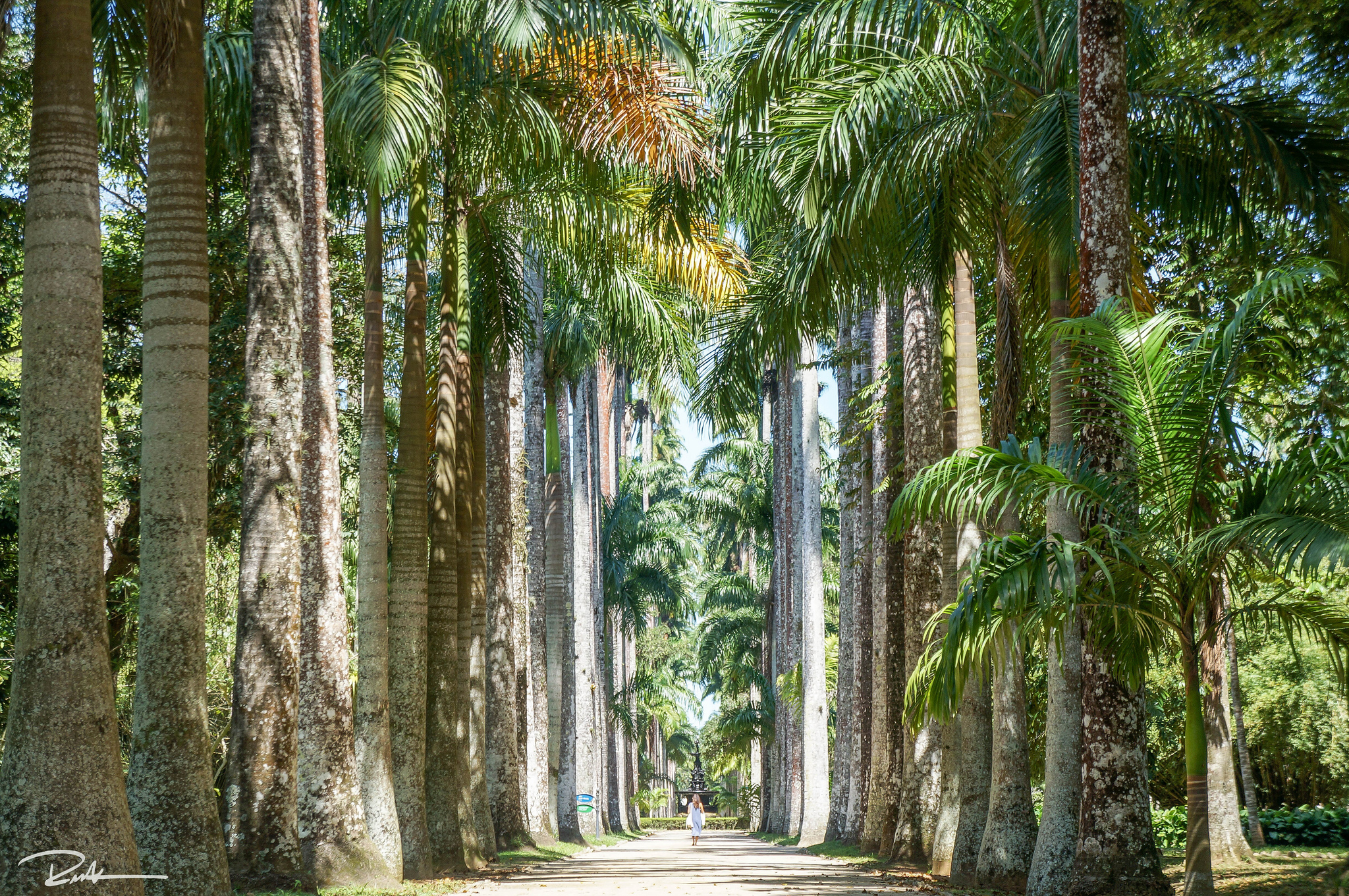A Guide to the Mind-Blowing Iguazu Falls and What Else to Do in the Region
/Foz do Iguaçu is a city in the southern Brazilian state of Paraná, bordering the countries of Argentina and Paraguay. The small town is perhaps best known for the almighty Cataratas do Iguaçu (Iguazu Falls) where a chain of hundreds of waterfalls and powerful, loud waters offer an unforgettable sight.
During our stay, we hired Marcelo da Rocha, a very knowledgeable, local guide who accompanied us throughout most of our trip and educated us on the region’s history and diverse fauna.
There is a Lot to See Besides the Main Sight!
We were rather surprised when we arrived in Foz do Iguaçu - The city is not a tourist town as we had expected, but small and charming, with locals going from one shop the other along its main street.
Housing several restaurants, bakeries and a diverse local commerce, this busy street called Avenida do Brazil, is where we spent most of our evenings after a long day of sightseeing.
Marco das Três Fronteiras (Three Borders Landmark) was one of our first stops during a wonderful drive guided by Marcelo throughout the outskirts of Foz do Iguaçu.
A yellow, blue and white stone obelisk, sitting on a quaint overlook, faces the Iguaçu and Paraná Rivers and marks the Brazilian border with Argentina and Paraguay. If you look closely across the river, you will see that each country also has their own obelisk, painted in their respective flag tones.
Resting on the banks of the Paraná River is one of the most fascinating sights we visited outside of town: The Buddhist Temple. This vast temple, highlights a collection of more than 100 carved statues, some quite large, spread around a very tranquil garden.
Growing up in Brazil, I had never seen Asian and Buddhist architecture so well displayed in one single area!
A Special Mention: Usina Hidrelétrica de Itaipu (Itaipu Dam) is a must visit if you enjoy massive pieces of modern architecture. Even thought we had already purchased the dam’s 2.5 hour Special Tour, we did not go as its workers were staging a major strike with no end-date in sight. We got our money back later-on… but we still wish we could have gone inside one of the world’s largest hydroelectric power plants.
What Everybody Comes to See: As Cataratas do Iguaçu
Located in Parque Nacional do Iguaçu are nearly a 2 mile-long chain of stunning waterfalls and cascades where their brute force not only overwhelms, but completely soaks anyone who dares to get near its crashing waters.
Cataratas do Iguaçu (Iguazu Falls), lie amongst a unique rainforest and are split between the Brazilian and Argentinian border. The falls, take over a vast area within the National Park and it was quite useful that we had an informed guide to help us navigate through its many trails.
Here are some tips that we have gathered that should help you enjoy the area:
What Side to See - Brazil: “Argentina has the show, Brazil has the views”, this is a common quote that we heard from locals. So my advice would be to go see both sides if you can! The Brazilian side faces the falls, with a single trail running along the mountain and ending at the park’s showpiece: A Garganta do Diabo or The Devil’s Throat. This immense waterfall is the park’s largest - pouring out from about 90 meters – and coupled by sweeping scenery as you approach it!
What Side to See - Argentina: The Argentinian side is where you will find several trails, and amongst them is the Devil’s Throat Trail as well as the Circuito Superior e Inferior (the lower and upper circuit). The Devil’s Throat Trail begins with a short train ride, leading you to the Garganta del Diablo Station.
There, you will follow an extensive, metal walkway running above the wide Iguazu River, culminating at the powerful point of descent for the Devil’s Throat Waterfall. The Lower/Upper Circuit trails are also worth checking out - The lower, weaves in and out of the rainforest, facing several waterfalls while the upper trail, leads you above and along several cascades.
Timing: If you can, visit the falls in the morning. Especially on the Argentinian side! It will be less crowded, not as hot - we spent at least 5 hours exploring the area - and you may be able to catch the first train to the Devil’s Throat, the only non-stop to the station.
Reciprocity Fee: If you want to visit the Argentinian side of the falls, you will have to enter Argentina. Depending on the country you are from, you will need to pay a Reciprocity Fee in order to enter the country. Make sure to print the receipt and show it alongside your passport at the border crossing with Brazil.
Do Not Miss: O Parque das Aves
Located across the road from the entrance to Iguazu Falls, is one of the biggest surprises from our entire trip!
When we first researched about Parque das Aves (The Bird Park), we were in doubt whether we wanted to go, but since we were in the area, we decided to visit anyway. As we got past the park’s busy entrance and started exploring it, we were quickly blown away by its gorgeous exhibits, all built within a vast, lush rainforest.
We learned that the park is much more than just a place to enjoy stunning birds: It is the largest aviary in the world specializing in macaws and also serves as a rescue, research center as well as a bird sanctuary.
With more than 1000 birds from hundreds of different species, what made Parque das Aves a highlight for us was its well-designed exhibits, where they bring the public close to the birds by allowing them to walk through many of its large exhibits.
KEEP IN MIND
The Wrap-Up: We stayed two and a half days in Foz do Iguaçu which was enough time to see and do a lot! You can certainly come and spend less time in the area - our guide told us that many come for just a day – but know that you will most likely be in a hurry!
The Hotel: Viale Tower is a great hotel to stay if you want to enjoy the small center of town. It also serves free breakfast and offers a beautiful view of the region from atop of its tall building.
The Restaurant: Porto Canoas is a delicious restaurant facing the Paraná River, in the Brazilian side of the falls. We usually do not like to eat in restaurants at tourists spots but this one is an exception! Its buffet is delicious, serving traditional Brazilian dishes alongside several choices of natural juices.
The Café: Located in the center of town, Barbarela specializes in light fair and natural juices. We had their tasty, toasted pão de queijo (cheese bread) sandwich, the orange & carrot juice as well as their refreshing Guaraná energy mix.
- Want to see the full trip and plan your next? Check out our Brazil Two Week Itinerary!































